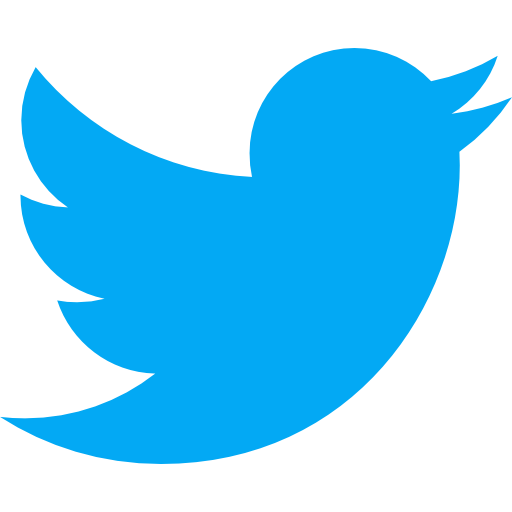User Story

What is a user story?
Definition:
A user story is a tool used in software development to describe a description of a feature or functionality from the lens of the user or customer. A user story describes a specific task that the end-user wants to achieve.
Analogy:
A user story is like a a movie script.
A movie script is going to outline the whole function of the movie. It will outline who the characters are, what the setting is, and what everyone is saying. The script itself will walk through the lines of each character and what their actions are, ultimately leading to a comprehensive story.
A movie script is focused on the key components needed to tell the story. A script isn't going to outline whether the wall in the background of a scene is pink or blue, it will concisely focus on just who is saying what and where the scene itself is taking place.
Stakeholders will review the script and iterate on it before it ultimately is implemented and the scenes are shot.
In other words:
A user story is a way for you to convey, in plain english, how your product should function from the perspective of the end-user or customer of your product.
Why is a user story important?
It's one thing to know what a user story is, but that is worthless if you don't know why you should know what a code repository in the first place. Let's break down the importance of this tech term based on two high level categories. We'll walk through an explanation as well as provide a score, 1-10, that shows you how much you should care about a user story.
Pre-Product: 10/10
The first will be if you do not have a product yet. This means that you don't have a physical product. Maybe you're in the ideation phase, or maybe you're almost ready to start development. Whichever it is, we'll get into why a user story is important and why you should or shouldn't care about it if you do not have a product.
A user story is your first step in any product journey, so it is incredibly important that you learn how to write a user story and implement one as you think about building out your product roadmap. This is a critical step to an efficient product-development roadmap.
Live-Product: 8/10
The second category is if you do have a live product. Maybe you just launched your business or maybe it's been live for years and you're continuing to improve its quality. Regardless of the scenario, if your product is live, a user story carries a different weight.
If you do have a product, you still will want to know how to write user stories and implement those user stories when you think about adding additional features or functionality. The more clear and concrete you can be, the less assumptions you will be making and the more efficient your development cycle will be.
Examples of a user story
So you know what a user story is, by definition. You know if you should care about it or not depending on your situation as a business/company/product. To dig in deeper, we will walk through some tools and processes so we can make sure you really have a solid grasp on a user story.
Let's walk through an example of a user story together. Again, the intention here is to communicate the process and flow of your application from the perspective of an end-user. The more detailed and clear you can be, the more you will help your developers properly build your product to your expectations.
You begin writing a user story by breaking down your product into Modules, Features, Actions, and Sub-Actions.
- Module: this is your high level functionality
- Feature: these are the features within your high level functionality
- Action: these are the actions a user takes within each feature
- Sub-Actions: these are subsequent actions a user can take within each action
Let's take Instagram as an example:
You get the idea...
It is not easy to write a user story, as it forces you to think about all of the little details that commonly are overlooked. So, take your time, and give it your best effort. At the end of the day, it doesn't need to be perfect your first attempt, so understand that it is an iterative process in building that first user story. The more experience you get, the more you'll refine the skill, and the easier it will become over time.
Key Takeaways:
- A user story is a way for you to communicate exactly what a user should be experiencing within a product, from the lens of a user, in plain english.
- If you don't have a product yet, a user story is critical to your first steps into product development.
- if you do have a product, leverage a user story to increase your chance of success in building out future features and functionality.

